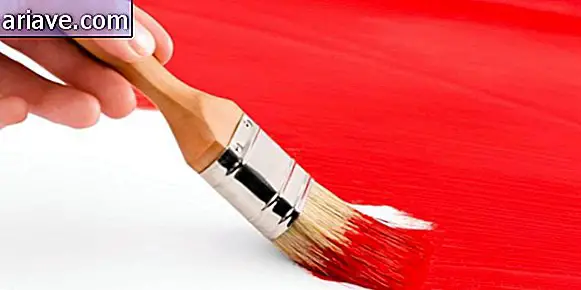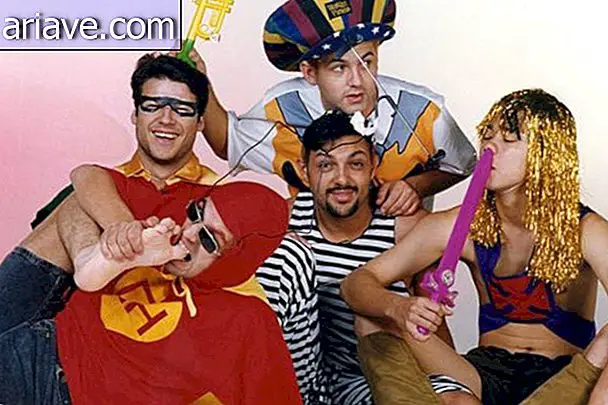Have you ever wondered why passports always have the same colors?
Much to the disappointment of anyone who loves to make everything personalized, the passport is one of the least flexible documents we have; After all, you are not allowed to smile or make any fun in the photo that goes in the document, let alone put that inspiring phrase you love. It is also not allowed to choose the color of the cover as it is standardized by country. But why do passports only exist in shades of green, red, blue and black?
The answer is simpler than you might think: There is no rule set by governments to choose the color of the passport. But calm down, it's not like the colors used are totally random either.
The International Civil Aviation Organization (ICAO) has, in fact, some recommendations on sizes and fonts used in machine readable documents, including passports. Other than that, there are strict rules about the material, which cannot tear or wrinkle and should keep its reading possible at temperatures from -10 ° C to 50 ° C.

In the case of colors, the criterion is very simple. Most of the shades used are darker variations of red, blue, green and black because they look more official - just imagine what a millennial pink passport would look like! It doesn't look very serious, right? ICAO Head of Communication Anthony Philbin confirmed that there are really no rules about color - but, on the other hand, there may be meanings for the color chosen by each country. In the case of Islamists, for example, green is used for its religious meaning because they believe it was the favorite color of the Prophet Muhammad.
In relation to blue passports - as is the case in Brazil - the chosen color refers to the "New World", so that 15 Caribbean countries and all Mercosur countries use the blue passport - except Venezuela, which has The document in red. In the case of the United States, the passports were green; Blue was not adopted until 1976.
Countries like New Zealand and Zambia, however, use black passports, which helps hide possible dirt and, of course, look more official. However, black passports can also be found for diplomatic missions used by people with special benefits. In the United Kingdom, for example, black passport holders can enter almost 150 countries without requiring visas.











